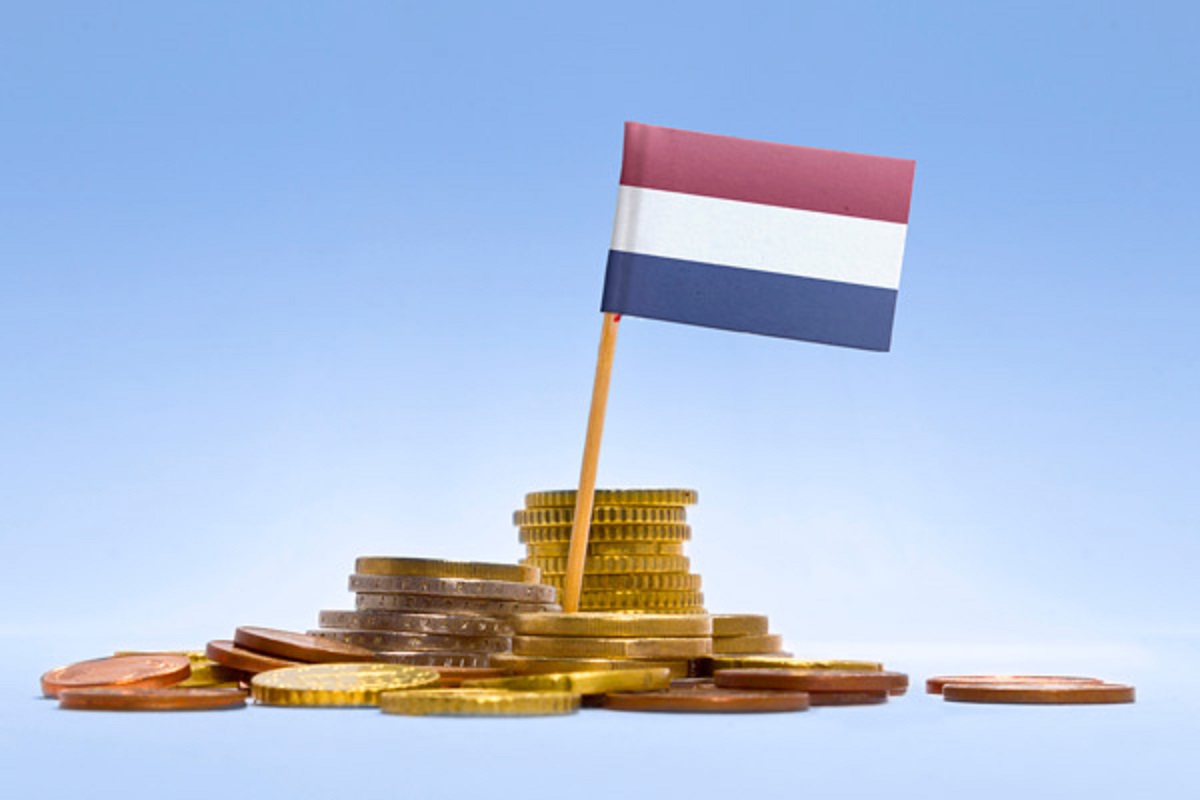The Netherlands is one of the 20 largest economies in the world. Their GDP per capita is more than 50 thousand dollars. They have a history of adding lessons to the world economy. The Netherlands is world famous for its windmills and tulip bulbs.

Special shaped tulip bulbs arrived in Vienna, Europe from there during the Ottoman Empire. The tulip bulb was so beautiful that wealthy people in the Netherlands at the time wanted it in their homes.
Tulip bulbs became a craze among rich people. As a result, its economic value continues to increase. You will be surprised to know that common people leave other jobs and start tulip bulb business at that time.
In the 16th century, tulip bulbs cost more than an expensive house in the capital. Many sold land and started tulip bulb business. After a time the production of tulip bulbs became excessive.
Because of this, the price of tulip bulbs started to come down a lot. As a result, people’s craze for it started to wane at some point and many people were put on the way by suddenly increasing its price. After finding large reserves of natural gas in 1959, the Dutch economy was booming by exporting it.
However, between 1970 and 1977, unemployment increased suddenly. That event is called the Dutch Disease. The Netherlands had more natural resources than they needed and were making a substantial income from selling them. This increases the value of their currency but reduces the value of other exportable products.
As a result, prices of other exportable products rise. Due to this, the traders of those products fall into losses. As a result, it has a negative impact on the labor market. A skilled population in one sector cannot work in the absence of skills in another sector. As a result, when a job is exhausted, a group of uneducated and unskilled workers is left behind.
This is how the Dutch have organized their economy in a great way in the past. Besides, they have added a new dimension to the teaching of world economics.
Leave a Reply